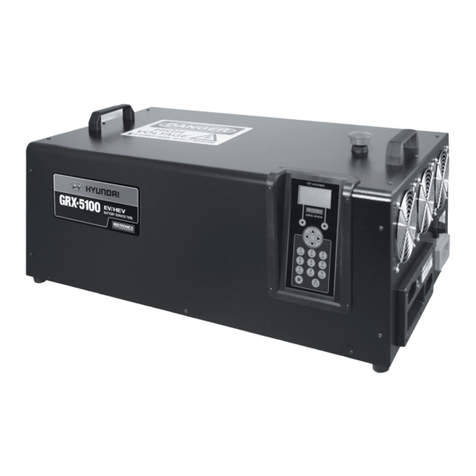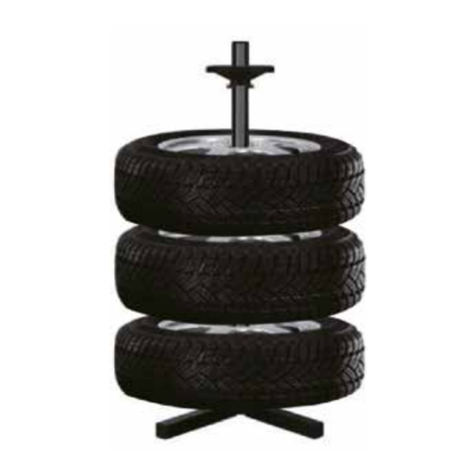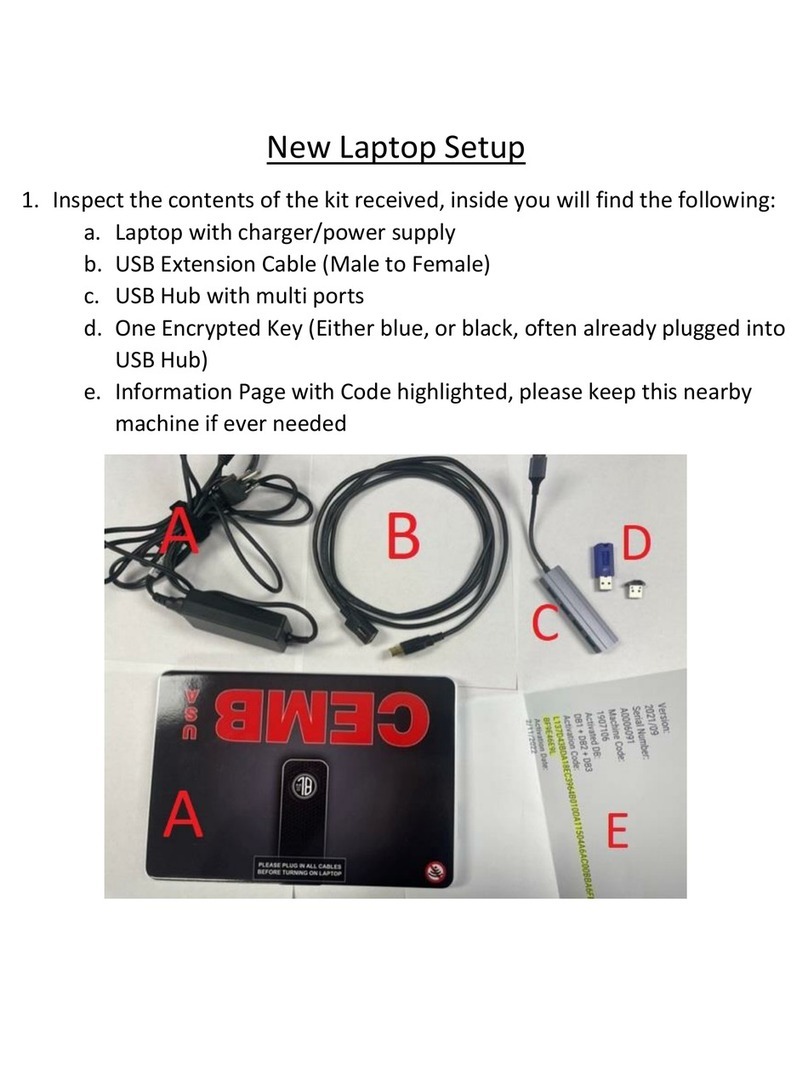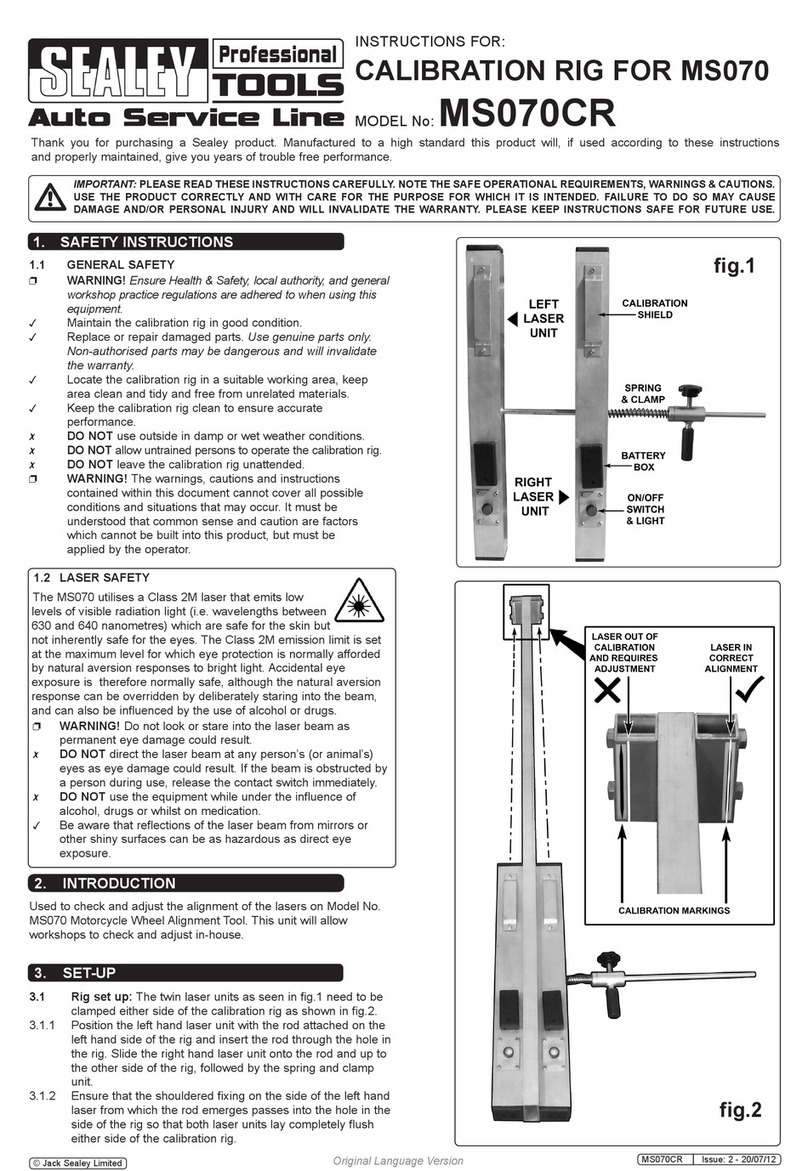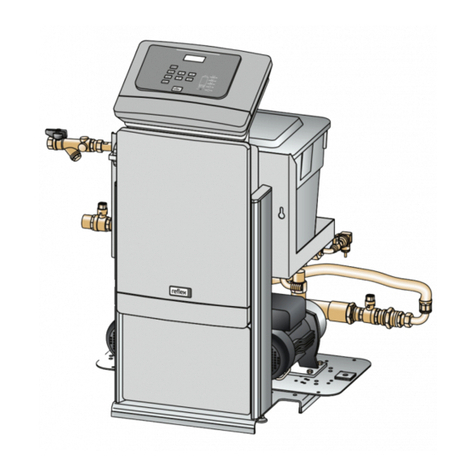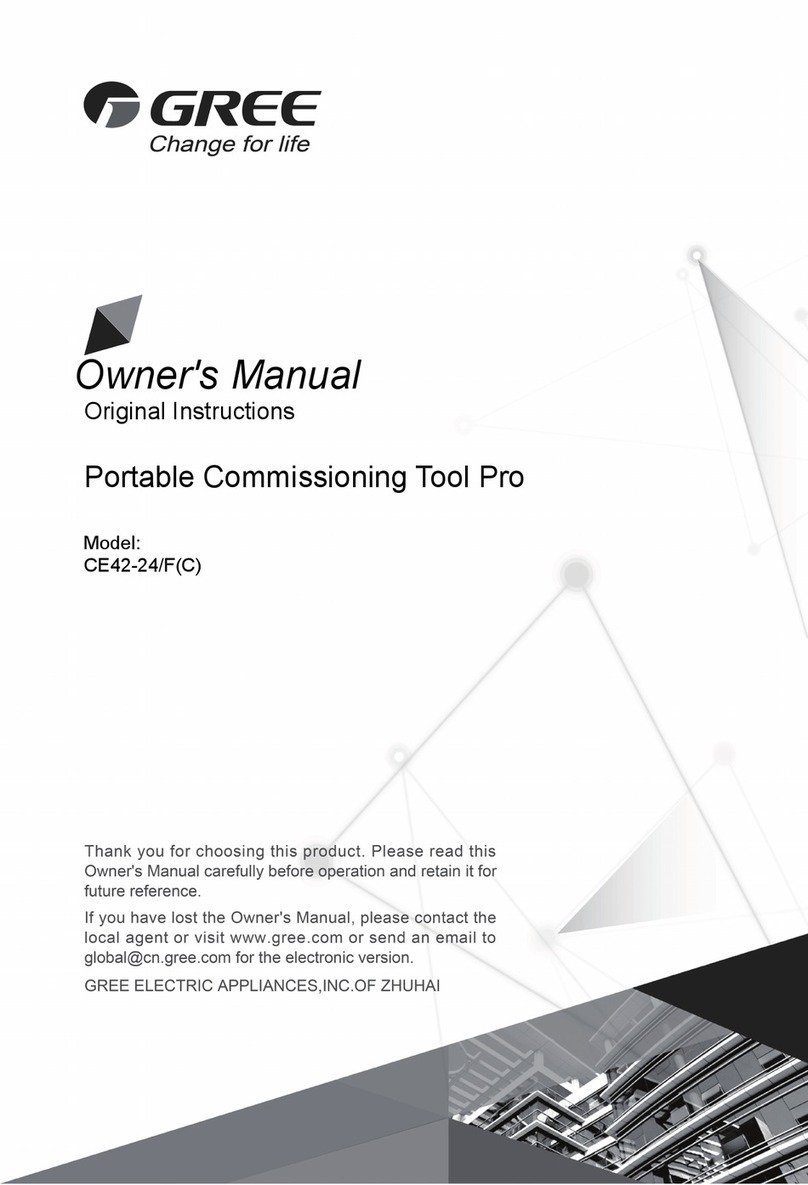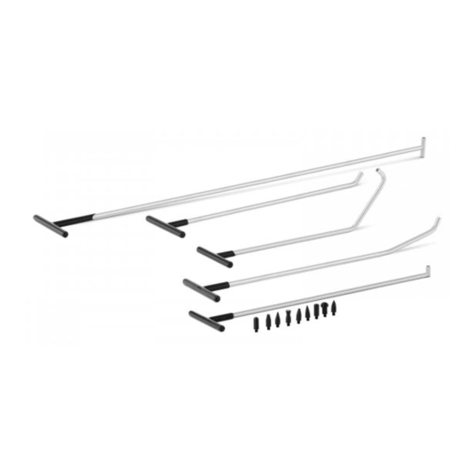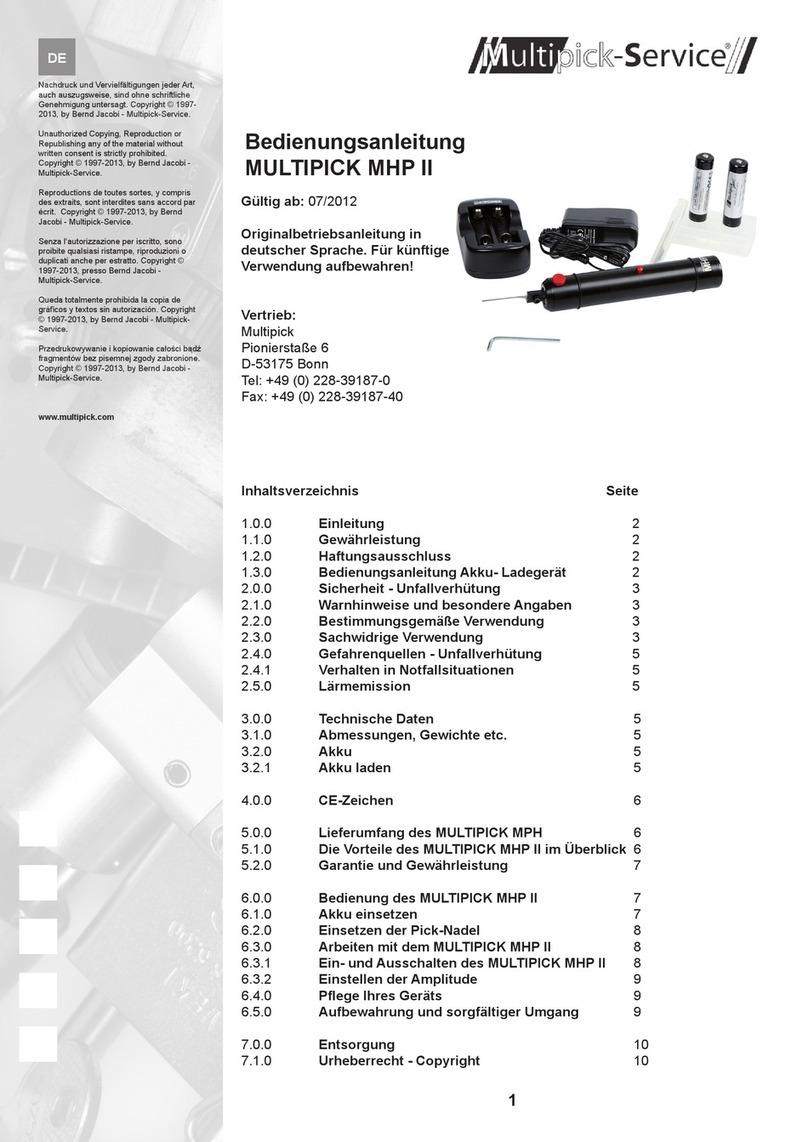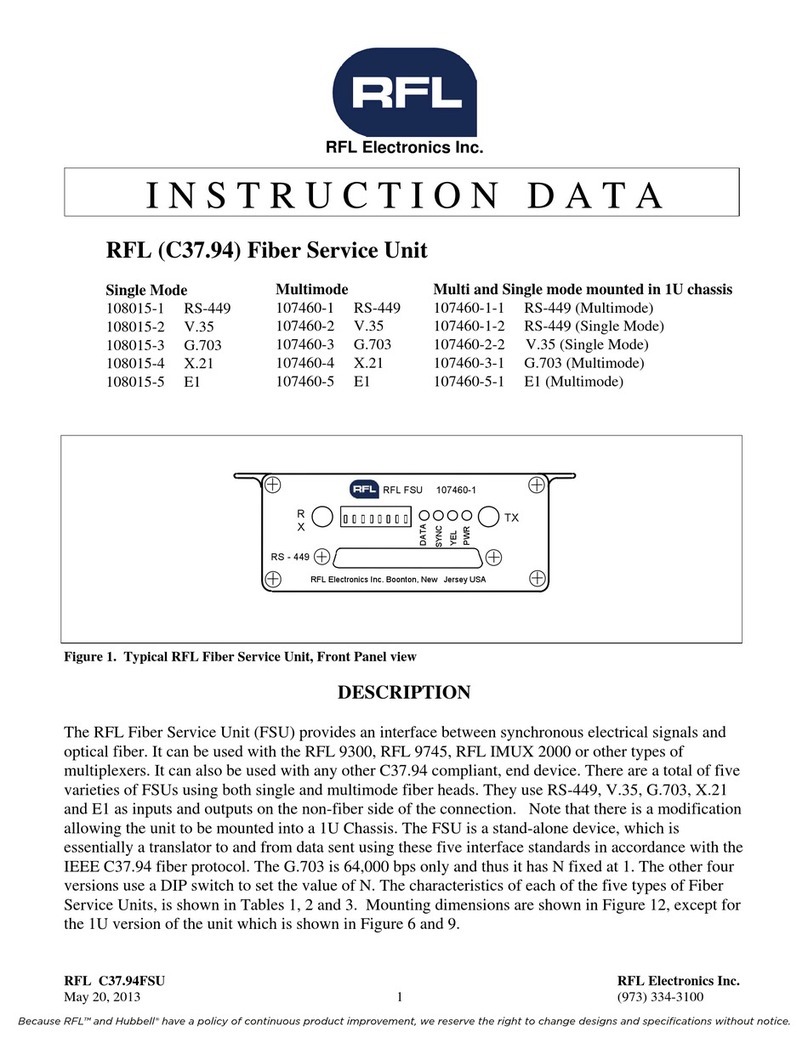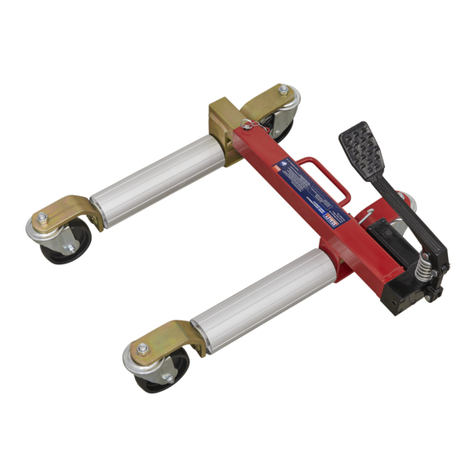On older boards with large traces, or on multi-layer boards with ground-planes, you may
find that many pads close to each other may have the same pitch. Use the highest
GAIN setting and now you will see and hear a slight change between the two pads. The
pad with the highest pitch is your objective. When the tone no longer changes and the
WAIT LED is off, the window is perfect.
As you touch each pad, remember to always go back one to double-check that the tone
is lower (or gone completely as that window is now long gone). At some point, the beep
will be highest in pitch at only one pad along the trace. This is the short, and may be the
location of the defective component. If you continue past this pad, the pitch will start to
go lower and the distance indicator will start to head towards the red indicators. If you
backtrack, the pitch will always be highest at the pad with the lowest resistance, and of
the possible defective component.
BUT WHAT IF THE HIGHEST PITCH CAN'T BE THE BAD PART?
If the highest pitch comes from a pad that is a jumper or wire, or coil or transformer, for
example, a component that is supposed to conduct, this means that the defect is
probably on the other side of the component, in another area of the board. For example,
if you are tracing a short at the collector of the horizontal output transistor and find that
the highest pitch is at the flyback transformer primary, this does not necessarily mean
that the transformer is shorted; the short may be on the other side of the winding, at the
B+ supply. Follow it like a detective, as you may find that you may be jumper-hopping,
coil-hopping, possibly even board-hopping, for example from the HV board, to the
supply board and so on, to where the bad part actually is. The obvious parts that could
be bad are parts that should never show as a low resistance in the first place, such as a
capacitor, cathode of a diode, B+ pin of an IC chip and so on.
USING THE HOT/COOL THERMAL TEST METHOD
If the defect is several ohms, you can search for the defective component in another,
much easier way. To keep your hand free to hold a can of freeze spray or a soldering
iron or hot air blower, use the extra plug-in test cable supplied with LeakSeeker that has
the solder wire tip, plug it into the REF+ port, and solder the tip to any pad along the
shorted trace. The test mode switch remains in the NORMAL position, which joins the
REF+ and PROBE ports together. Press the RESET button and wait for a stable
reading.
Higher resistance defective components are always thermally responsive. You can use
a can of freeze spray to spray each component on the board while the solder tip test
cable is soldered on the suspected trace. The spray will make the LeakSeeker change
quickly in pitch when the defective component is sprayed.

